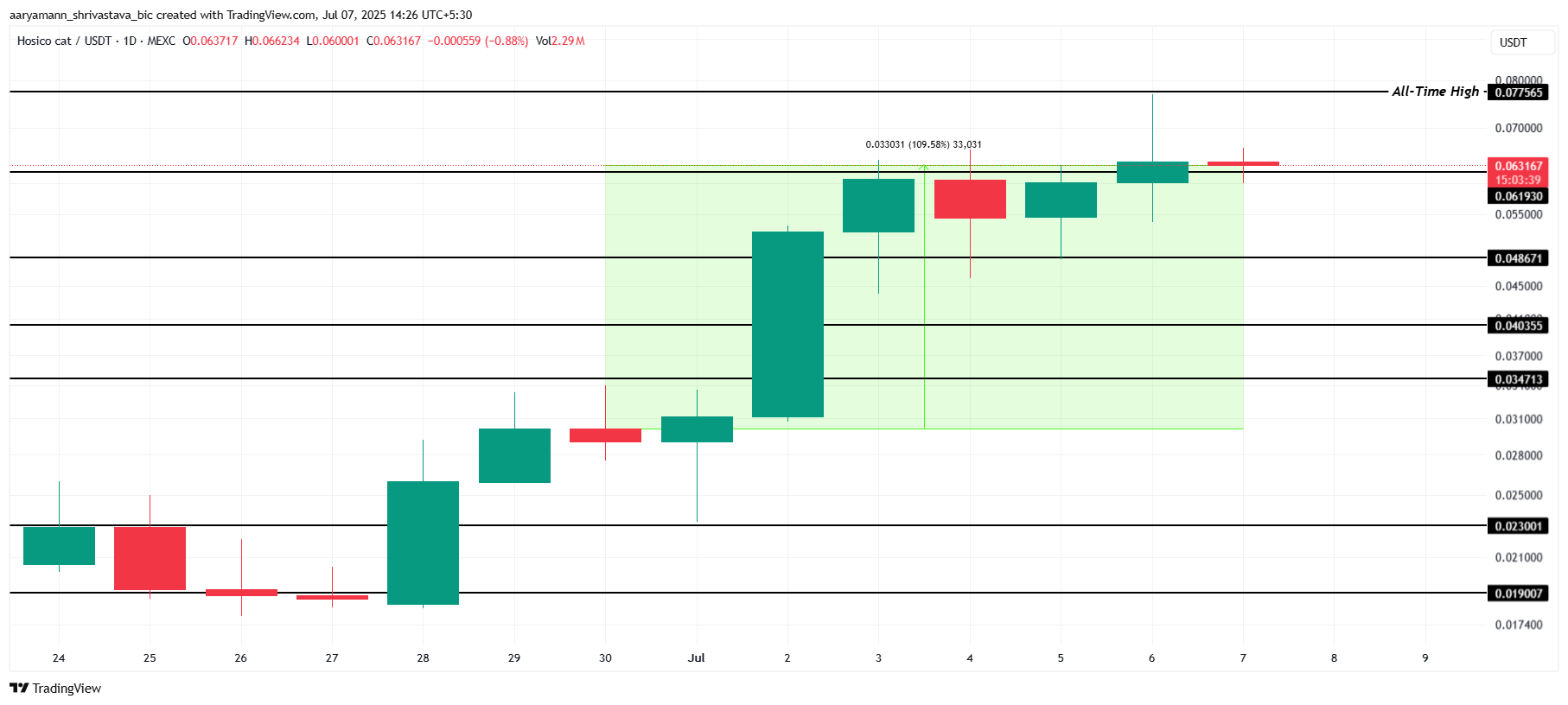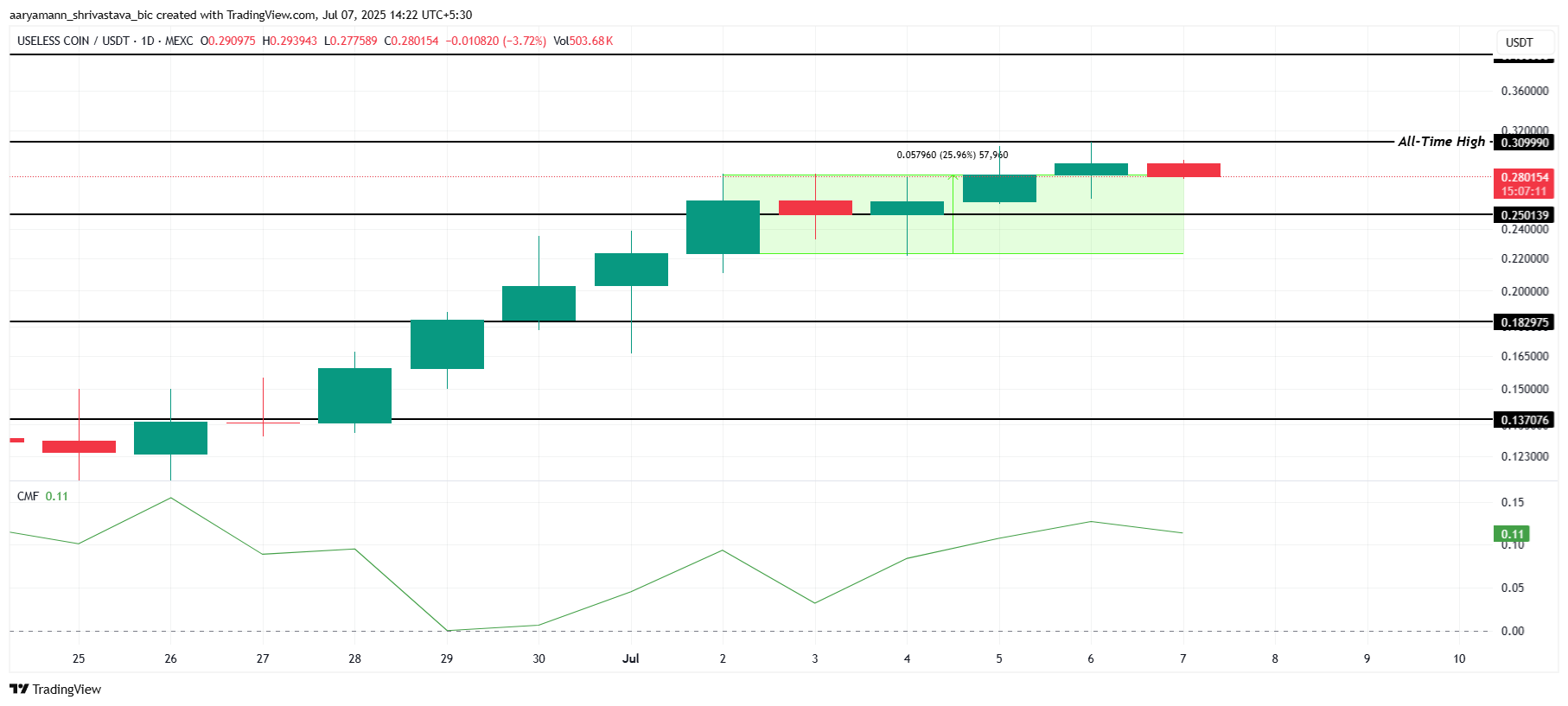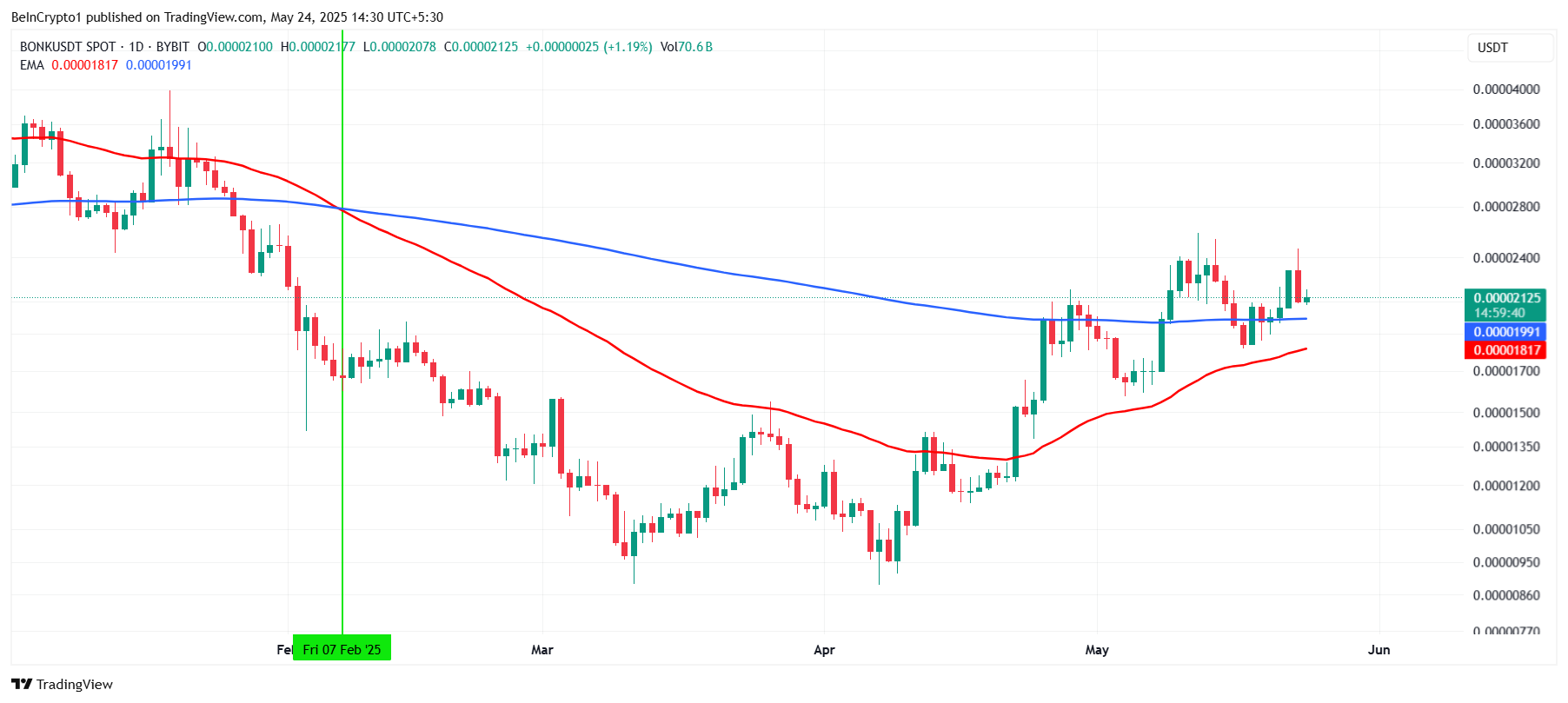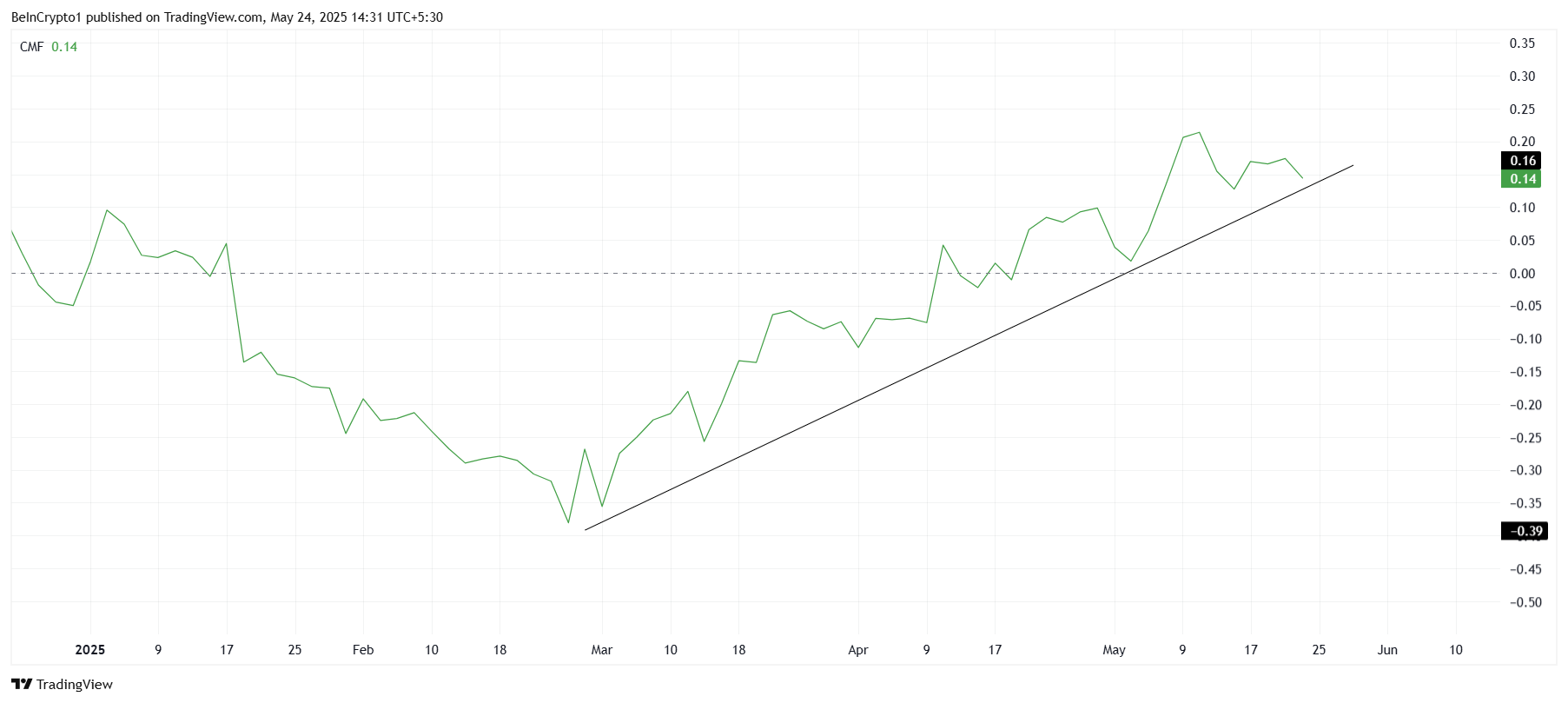Layer-1 (L1) coin SEI is today’s top market gainer, rocketing by over 36% in the past 24 hours.
This double-digit surge comes amid a spike in network inflow volume, a signal of renewed investor interest and capital movement onto the network.
SEI Rally as Net Inflows Spike
Sei Network has recorded one of the largest net inflows across all chains over the past 24 hours. It ranked fourth in bridged net flows, outperforming major networks like Solana during that period.
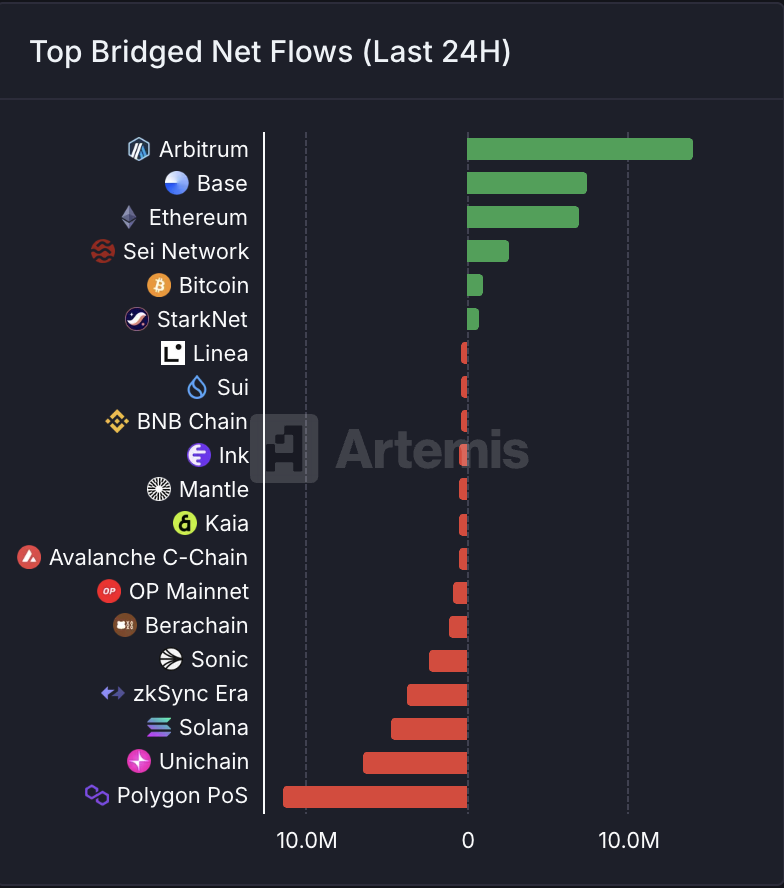
According to Artemis, the Sei Network has seen $3 million in bridged netflows in the past 24 hours. In comparison, top network Solana has seen net outflows amounting to $5 million during the timeframe.
The spike in inflows signals growing user activity and possibly rising investor confidence in the Sei ecosystem. Per the data provider, only Arbitrum, Base, and Ethereum saw higher net inflows.
With capital flowing onto the network, the SEI coin has seen a surge in demand, reflected by its climbing Chaikin Money Flow (CMF). As of this writing, this momentum indicator is at 0.22.
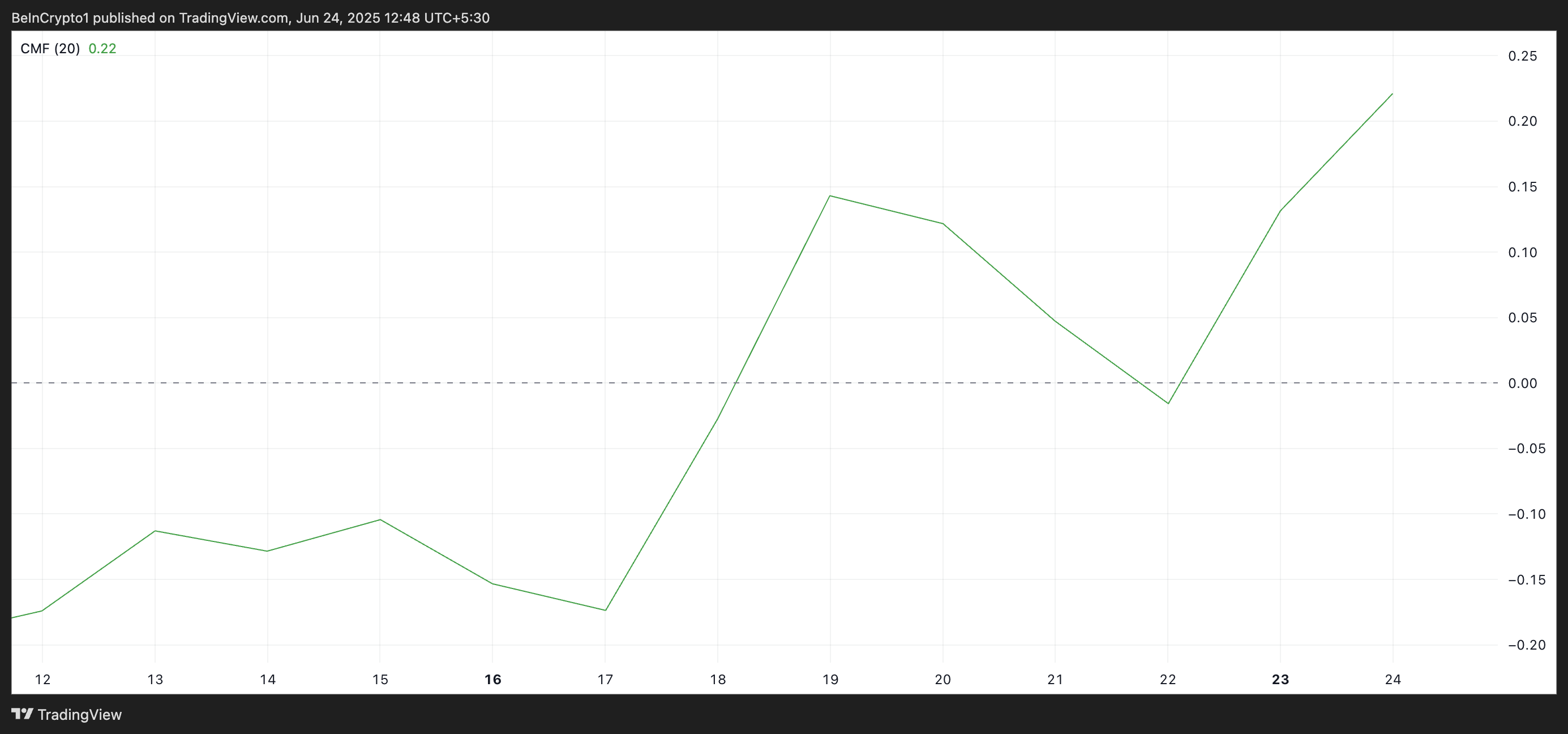
The CMF indicator measures how money flows into and out of an asset. Positive readings indicate that accumulation outweighs selling activity among coin holders. On the other hand, when an asset’s CMF is below zero, selling pressure dominates the market.
For SEI, its CMF setup reinforces the narrative that the current rally is backed by strong demand and liquidity.
SEI Defies the Market Slump
The altcoin trades at a four-month high of $0.28 at press time. In fact, amid the broader market’s lackluster performance over the past week, SEI’s price has soared by over 65%.
With inflows climbing and momentum indicators flashing green, SEI could continue to outperform in the near term. If demand remains high, the coin could climb toward $0.36.

However, if demand craters and profit-taking commences, SEI coin price could break below the support floor at $0.27 and fall to $0.23.
The post SEI Pumps 36% in 24 Hours—Here’s What’s Driving the Altcoin’s Breakout appeared first on BeInCrypto.



